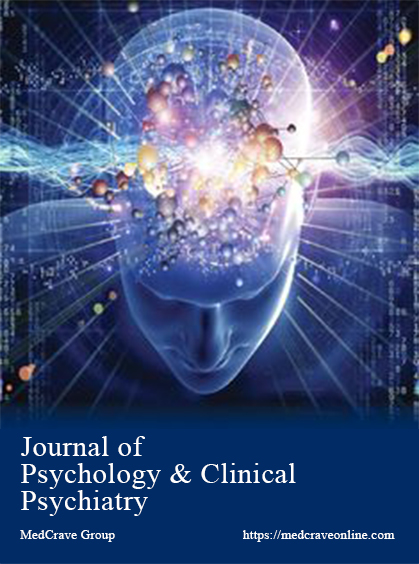Cognitive decline and swiss cheese aspect revealing temporal radionecrosis after nasopharyngeal carcinoma radiation therapy: case report and literature review
Cognitive decline and swiss cheese aspect revealing temporal radionecrosis after nasopharyngeal carcinoma radiation therapy: case report and literature review
Author(s): Youssouf Benmoh, Youness Mamouni Alaoui, Kawtar Zaoui, Mohamed Hamid, Mohamed Zakaria Bichra, Karim Reda, Ahmed BourazzaSubject(s): Cognitive Psychology, Neuropsychology, Clinical psychology, Health and medicine and law
Published by: MedCrave Group Kft.
Keywords: cerebral radionecrosis ; Swiss cheese; Soap bubble; nasopharyngeal carcinoma; Montreal Cognitive Assessment; Dementia;
Summary/Abstract: Background: The radiation therapy effectiveness is certain in naso-pharyngeal carcinoma (NPC) and other head and neck malignancies. In this context, cerebral radionecrosis (CRN) is a late radiotherapy related-side effect. Its incidence is above 5%, when the total dose is less than 60 grays, and the fraction size less than 2 grays. We report a rare case of late cerebral radio necrosis , its clinical manifestation, MRI specific aspect compared to its main differential diagnosis (brain metastatic tumor), and the evolution under specific treatment, with a review of reported cases over the literature. Case report: 53 years-old man, diagnosed for having nasopharyngeal carcinoma, and was treated by chemotherapy and external radiotherapy. 6 years after later, he presented progressive cognitive decline with phasic and mnesic complaints, associated to balance disorder. Clinical examination objectified dementia detected by Montreal Cognitive Assessment (MoCA) score, with normal Mini Mental State (MMS), associated to pyramidal and vestibular syndrome. Cerebral MRI showed swiss cheese and soap bubble aspect in left temporal lobe, and spectroscopy showed decreased creatinine and N-acetyl-aspartate peak. He was treated as having temporal radio necrosis by hyperbaric oxygen, corticotherapy and anti-platelets. His clinical and radiological condition improved. Conclusion: We learn that cognitive decline may be the revealing symptom of cerebral radio necrosis. In this case, MoCA test showed more sensitivity. Thus clinician must bear in mind the risk of cerebral radio necrosis (CRN) as much as metastatic or recurrent brain tumor in such situation. The MRI with specific pattern could help in distinguish these entities. Corticosteroid associated to hyperbaric oxygen and anti-platelets improve the course of CRN. The use of promoting agent anti-VEGF Bevacizumab should be clarified by more prospective studies.
Journal: Journal of Psychology & Clinical Psychiatry
- Issue Year: 9/2018
- Issue No: 5
- Page Range: 437-440
- Page Count: 4
- Language: English

